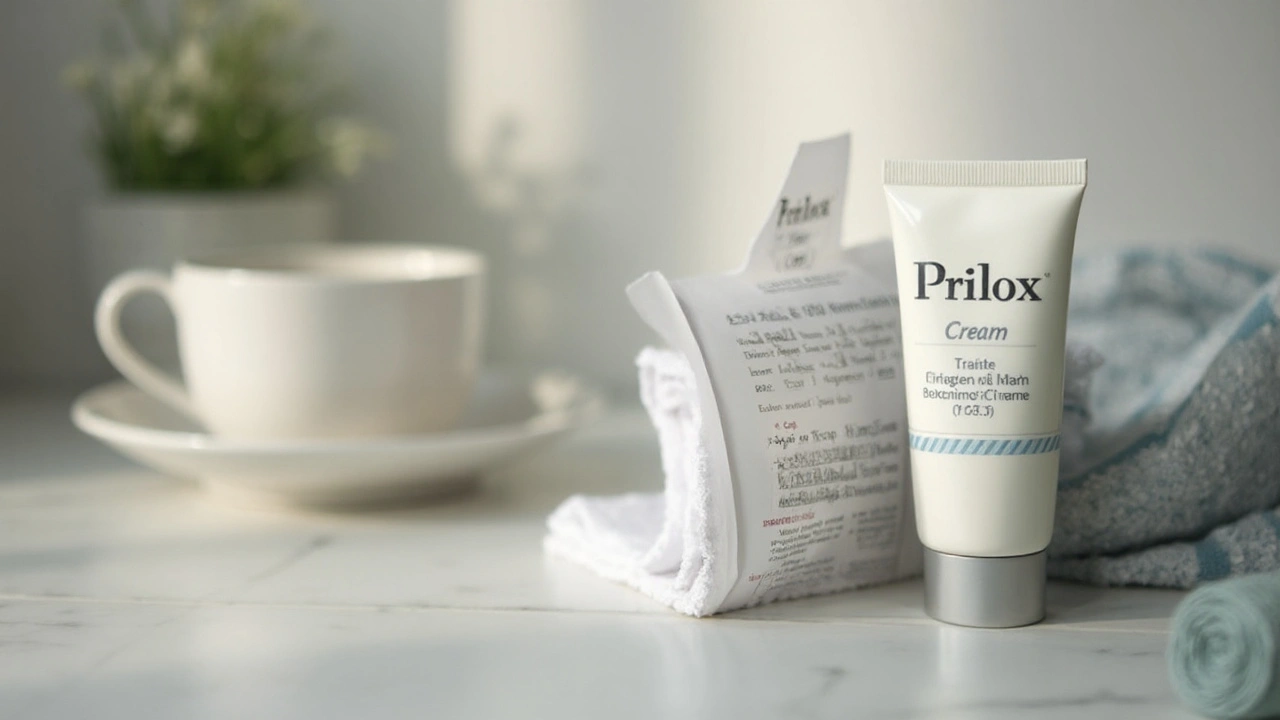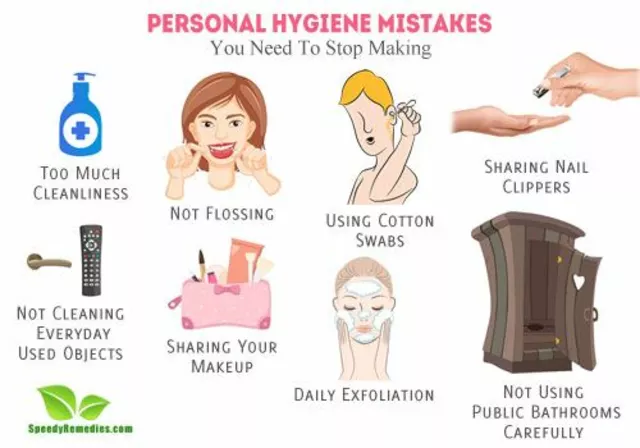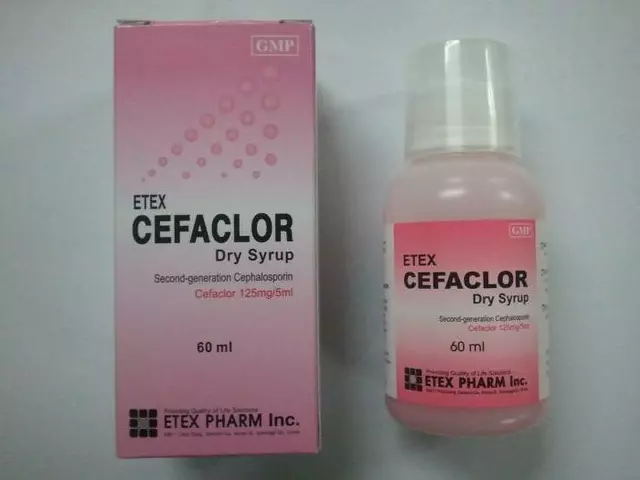Lidocaine Prilocaine: What It Is and How to Use It
Want to numb skin without a shot? Lidocaine prilocaine is a topical anesthetic combination often sold as EMLA cream. It’s used before needle procedures, minor skin surgery, waxing, laser treatments, and even to ease pain from superficial procedures. It works by blocking nerves in the skin so you feel less or no pain at the treated spot.
How it works, when it kicks in, and how long it lasts
Both lidocaine and prilocaine are local anesthetics. Together they penetrate the skin and stop nerve signals that cause pain. For intact skin, you’ll usually need to apply the cream under an occlusive dressing for 30–60 minutes to get good numbness. For thicker skin or painful procedures, doctors sometimes leave it on for 1–2 hours. The numbing effect lasts for about 1–2 hours after removal, sometimes a bit longer depending on dose and site.
Typical strength is 2.5% lidocaine plus 2.5% prilocaine. Follow packaging or your clinician’s instructions. More cream or longer time doesn’t always mean better results and may raise the chance of side effects.
Safe use, side effects, and practical tips
Apply a thin, even layer only to the area you plan to treat. Covering with plastic wrap or an occlusive dressing keeps the cream active and improves absorption. Wash your hands right after applying unless you’re numbing your hands. Avoid getting it in your eyes, mouth, or open wounds unless your doctor says it’s okay.
Common side effects are mild: redness, swelling, or a temporary change in skin color at the site. Rare but serious reactions include signs of an allergic reaction (hives, trouble breathing) or systemic effects like dizziness, ringing in the ears, confusion, or irregular heartbeat. If any of those happen, stop use and seek urgent medical help.
Special groups need extra caution. Infants, especially under 3 months, can absorb more drug and risk methemoglobinemia — a blood problem that reduces oxygen delivery. Pregnant and breastfeeding people should check with their clinician before use. If you have heart, liver, or blood enzyme issues, talk to your doctor first.
If you’re buying lidocaine prilocaine cream online, choose a reputable pharmacy and check that the product matches the strength and name on legitimate medical sites. Don’t use creams past their expiration date. Store at room temperature away from heat and children.
When should you see a doctor? If the treated area gets very swollen, starts to ooze, you develop a fever, or you get symptoms beyond the skin like fainting or breathing trouble, get medical help. For questions about dosing, interactions with other meds, or whether it’s right for your situation, ask a clinician.
Lidocaine prilocaine is a useful tool when used correctly. Quick tip: test a small area first if you’ve never used it before. A short test can alert you to irritation or sensitivity before a bigger procedure.

Prilox Cream: Uses, Benefits, and Safety Tips Explained
A deep dive into Prilox Cream, its ingredients, uses for sexual health and minor procedures, proper application, quick safety tips, and side effect info you can trust.
Detail




